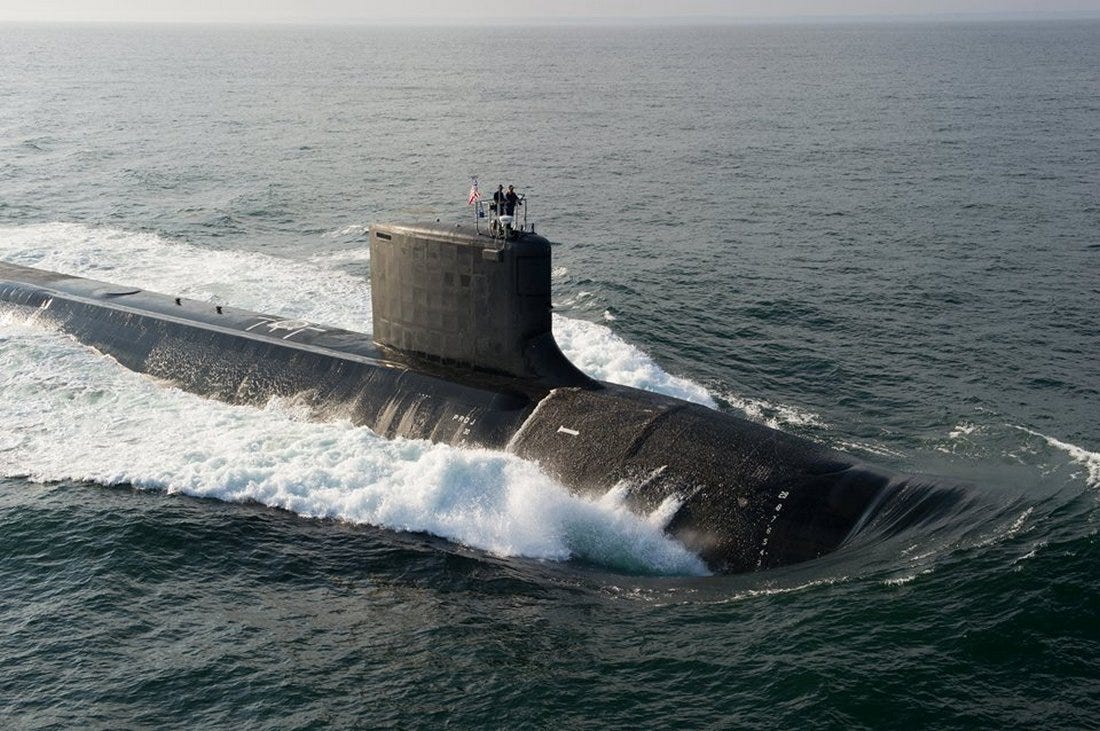That’s when the U.S. Navy will be weakest
If you’re a major world power, a megalomaniacal trillionaire with a private navy or some seagoing alien race, the best years to invade the United States will be 2015 and 2028.
Because those are the years the U.S. Navy—the main protector of America’s sovereignty—will be weakest, according to the sailing branch’s latest fleet plan.
Today the Navy has 288 combat vessels—by far the biggest and most powerful naval force in the world. But with China and Russia both improving their own navies, Washington wants to grow the fleet to an average of 306 warships through the 2040s … by building more vessels andkeeping existing ships longer.
But before the fleet grows, it’s actually going to shrink by four vessels in 2015. That’s because next year, older warships will decommission faster than new ships float out of the country’s shipyards.
With 284 vessels, the Navy will be as small as it’s going to get for a good long time, assuming today’s plan holds.
But overall ship numbers are arguably less important than the precise mixof ships. So a smart invader might want to wait until 2028 to launch an attack on American shores, because 14 years from now is when the Navy’s attack submarine fleet will probably decline to a modern low.
Swift, silent and heavily-armed, the Navy’s nuclear-powered attack subs are by far its, and America’s, most powerful weapons for high-tech warfare. A single nuclear submarine can sink several attacking ships far from shore and also pummel ground targets with cruise missiles before slipping away at great depth.
 At top—USS Florida. Above—USS North Dakota. Navy photos
At top—USS Florida. Above—USS North Dakota. Navy photos
Today the Navy has 54 attack subs and four special guided-missile boats packing more than 150 cruise missiles each.
That’s 58 of the deadliest war vessels ever to set sail—and more active nuclear subs than the rest of the world combined.
But the Pentagon took a long break from building subs during the 1990s and 2000s. Where once the Navy had bought four new undersea attack boats every year, for a while it acquired an average of just one annually. Congress finally took note and gave the sailing branch money to boost the build rate to a steady two boats a year starting in 2012.
And that means there’s going to be a big—but temporary—dip in submarine strength when the Los Angeles-class boats the Navy bought in the 1980s and mid-’90s finally age out. It’ll take a few years for new Virginia-class vessels to replace them.
The low point comes in 2028, when the Navy will have just 41 attack subs, 17 fewer than today. Since it takes around three submarines to guarantee that at least one is at sea and combat-ready at any given time, that translates to roughly five fewer nuke boats poised to sink an invading fleet.
Of course, that’s assuming that the Navy actually builds the fleet it wants. But that force could prove unaffordable, according to Eric Labs of the Congressional Budget Office.
“In CBO’s estimation, the full annual cost of the 2015 shipbuilding plan would average $20.7 billion over the 2015-to-2044 period—32 percent more than the average annual funding the Navy has received in the past three decades,” Labs pointed out.
No comments:
Post a Comment